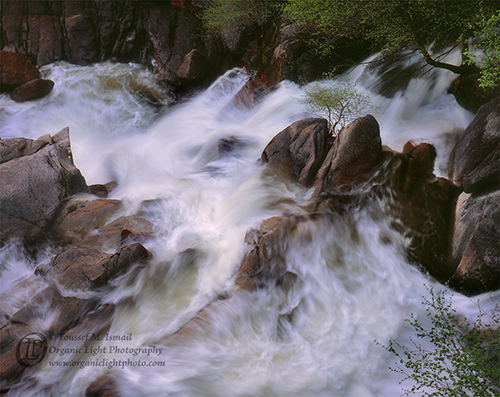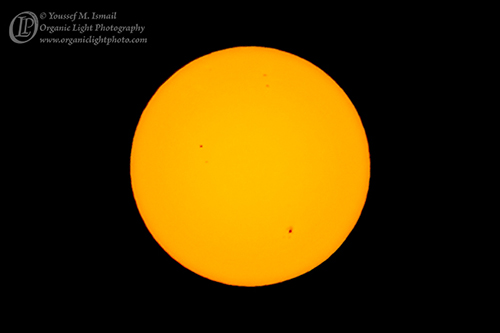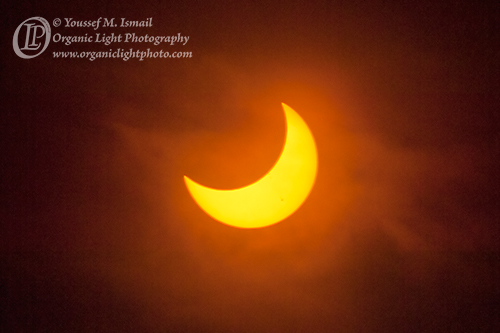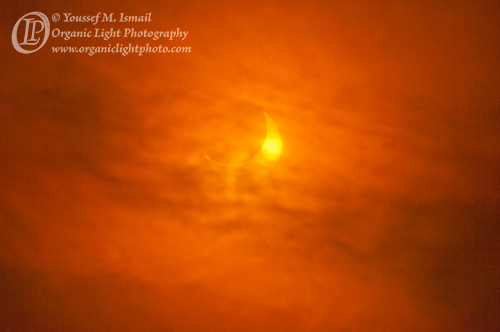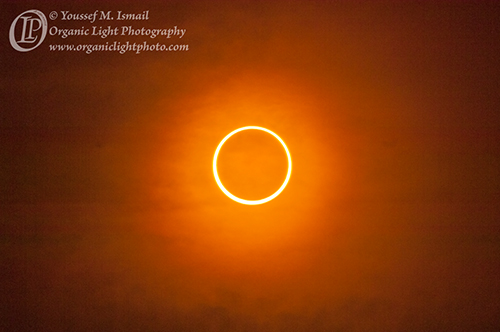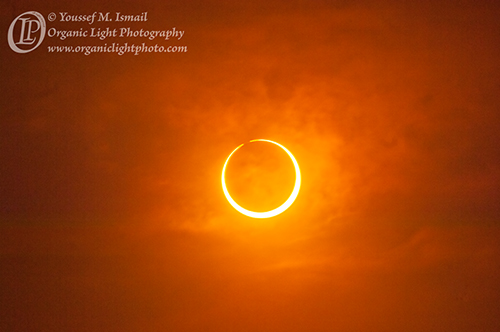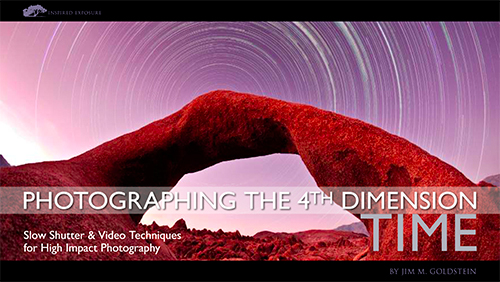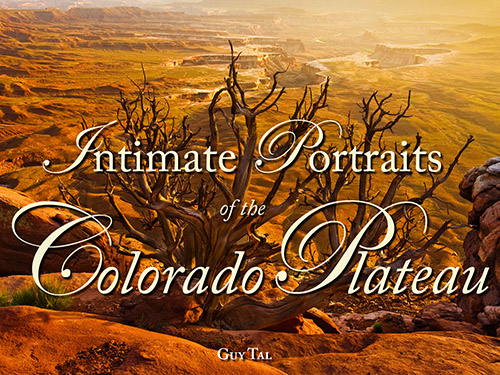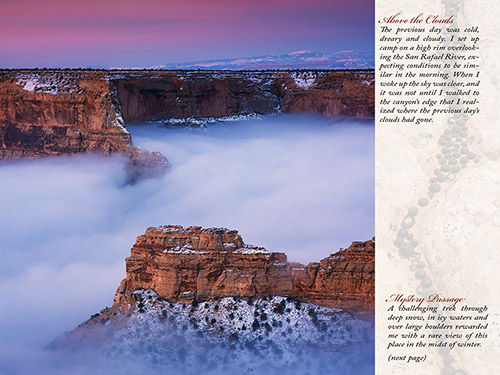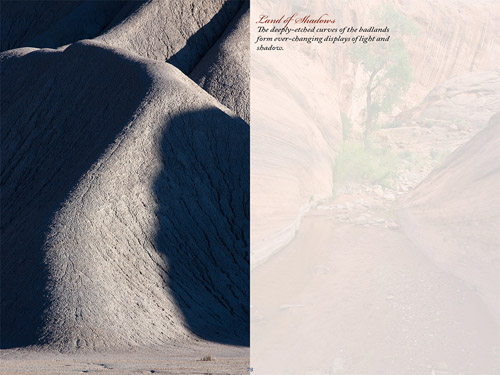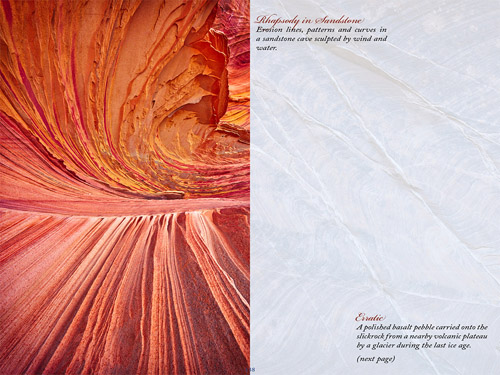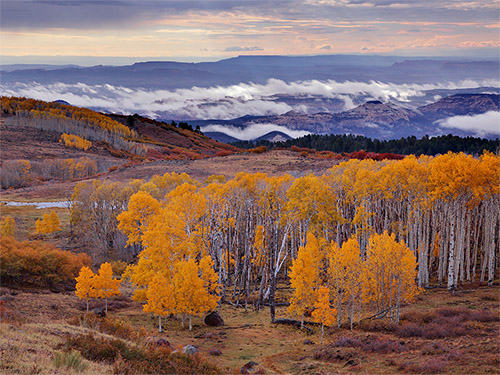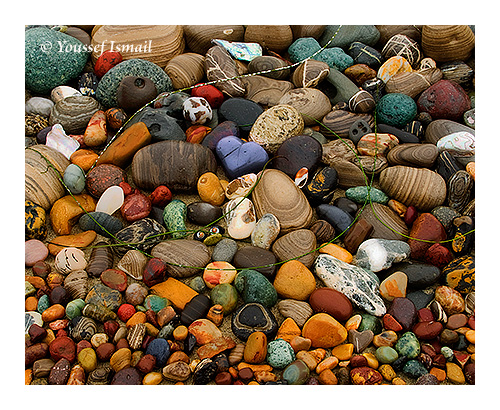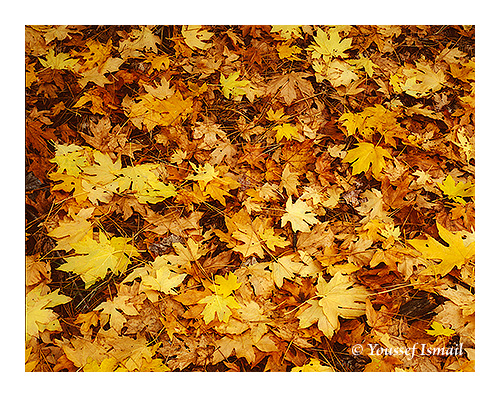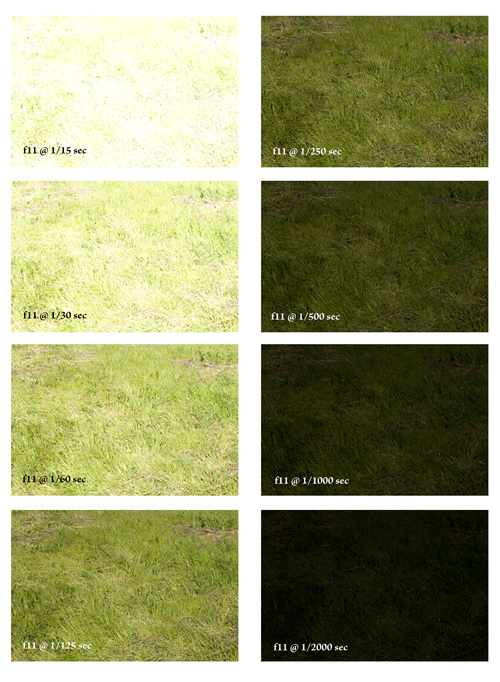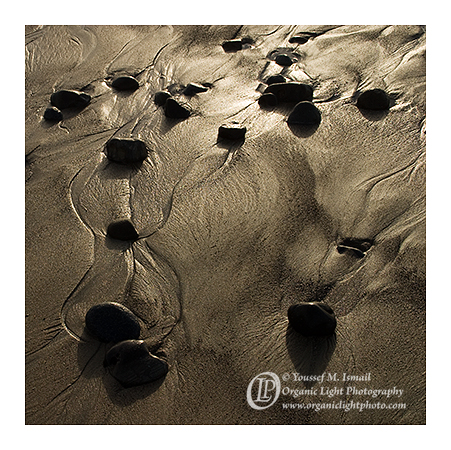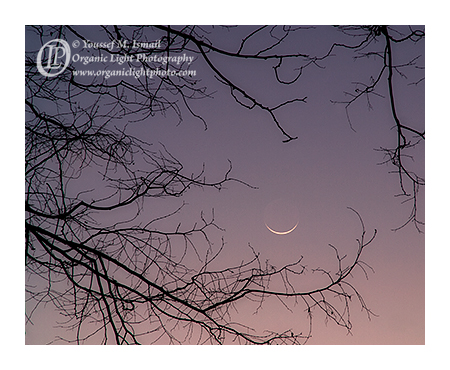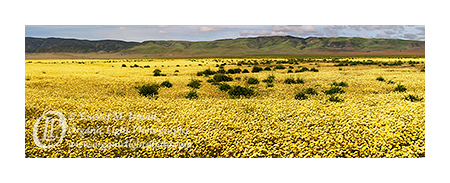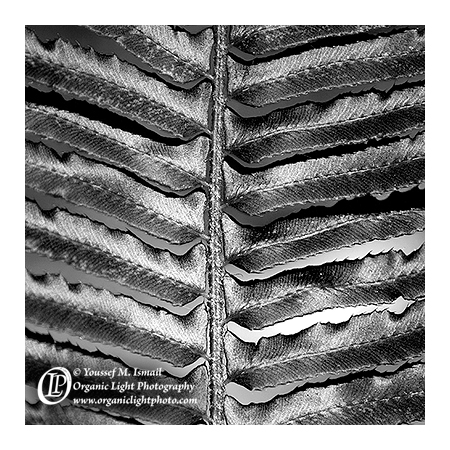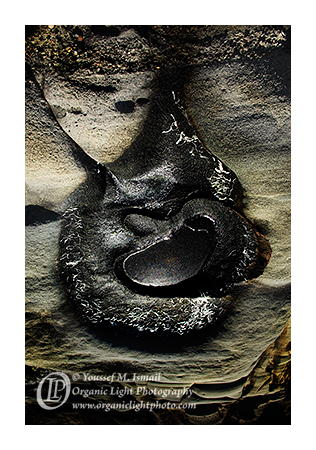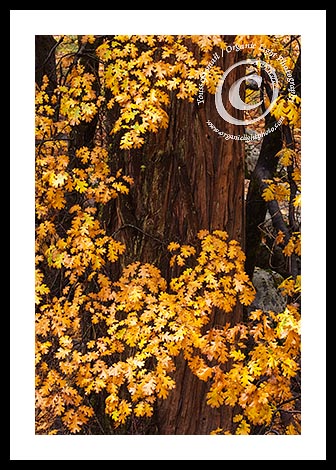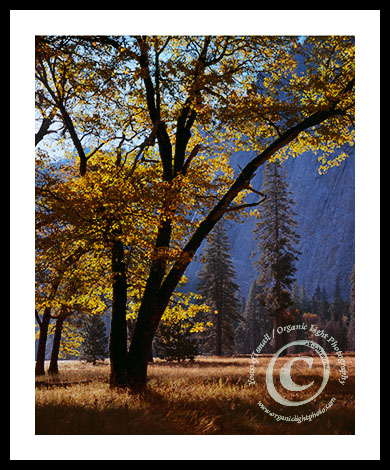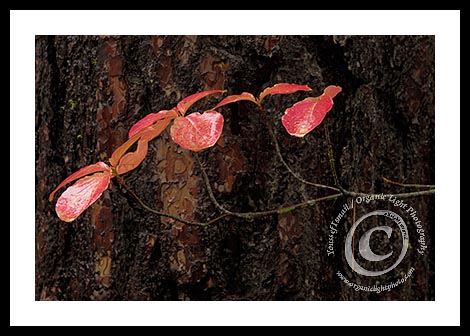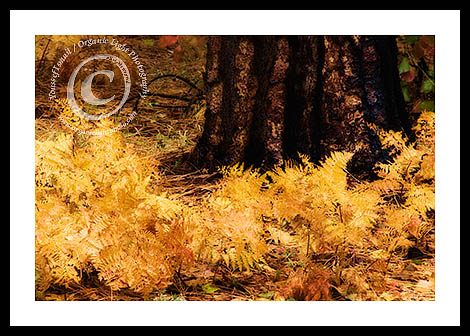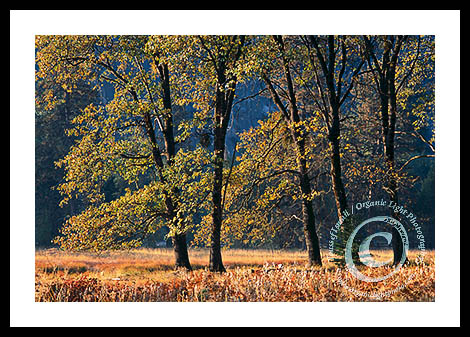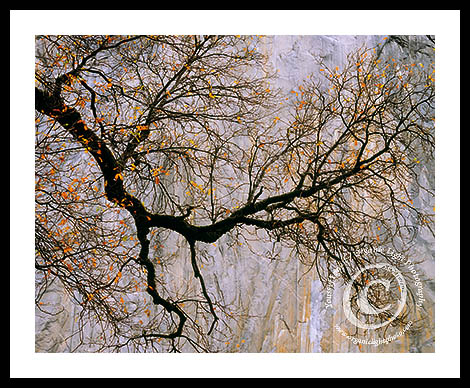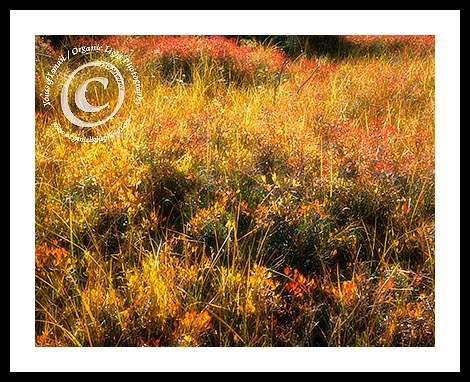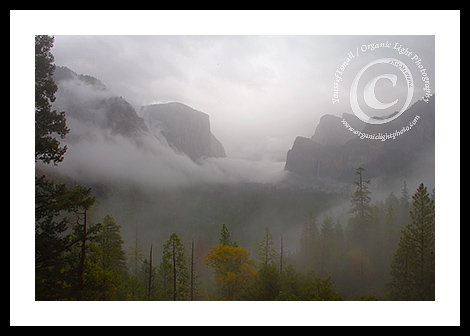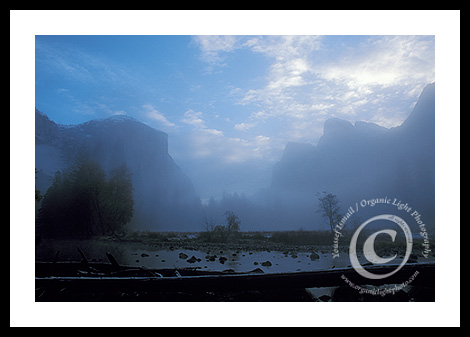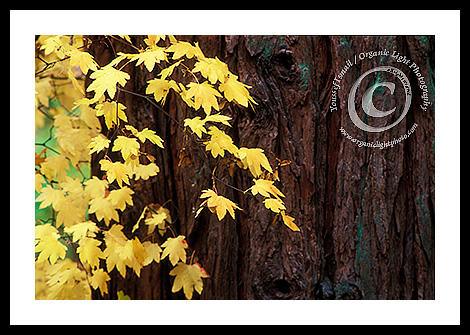SAR Surprise
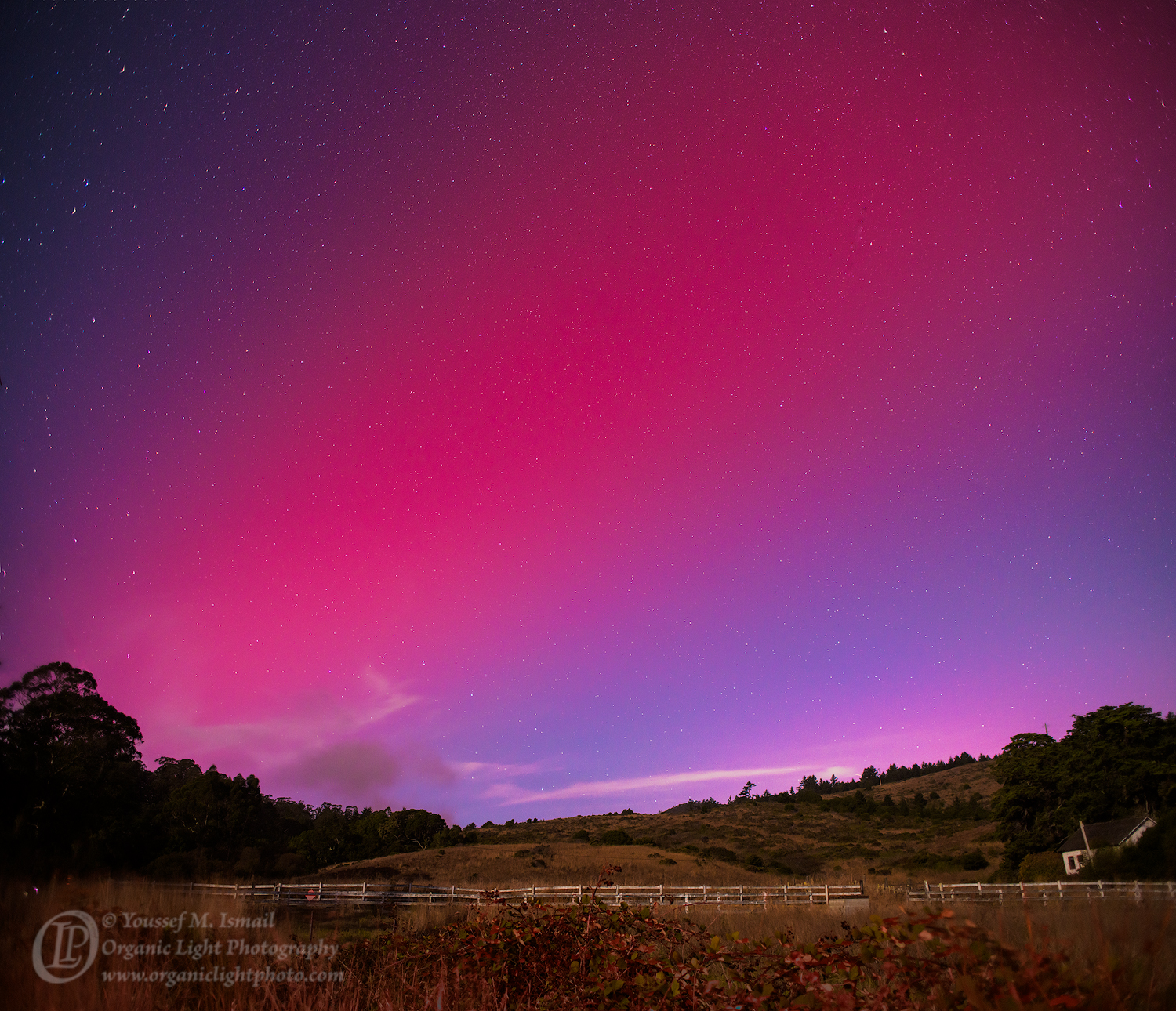
I ventured out on Thursday night to try my first attempt at photographing the Aurora Borealis. I did not know what to expect nor what the aurora would look like. I decided on a location in Marin County in California in Mount Tamalpias State park on Point Ballou which was approximately 2000 feet above sea level hoping to avoid any fog coming off the coast. It also had a good view north with the northern horizon line just a bit lower than the point.
When I got to the park entrance just after sunset, the rangers had already locked the gates. That I was not expecting and I felt like my effort was thwarted. I parked there for a few minutes considering my options. Go back into the Bay Area and try to find a composition that included a bridge or try heading further north into Point Reyes National Seashore. I chose the latter and headed down to Hwy 1 along the coast. It was around 8 pm by the time I got to Hwy 1 and started heading north. All along the way the Coast ranges were blocking any view to the north until I got into Olema. There was one open section where I could see the Big Dipper, but the horizon was a bit high. I continued on into Point Reyes only to find I was under fog. So I turned around and headed back to Olema and made my stand there.
I arrived around 8:30 pm and very near peak storm according to the Astropheric Kp forecast. I pointed my camera north and made an exposure and sure enough, even though my eyes could not see anything in the sky, a huge swath of crimson appeared on my LCD. I spent the next hour making exposures. But it was strange as the swath of color did not have the ribbons of light, nor did spread out horizontally along the horizon. I was somewhat puzzled and a little bit disappointed in how the night turned out.
When I returned to my neighborhood in the Santa Cruz Mountains around midnight, I decided to stop at the only area where I could get a view of the sky and I wanted to photograph Orion as it rose in the east. To my amazement that crimson band was there in the North East! I turned to the North West and made another exposure and that band was there again. I was greatly puzzled.
When I got home, I started to look up other photos of the Aurora on Spaceweather.com and happened upon a photo with a caption stating a possible SAR arc was in the photo. I looked it up and discovered that a SAR (Stable Auroral Red) arc is a unique phenomena that takes place during intense geomagnetic storms but is not an aurora. Aurora are caused by charged particles interacting with the upper atmosphere and the Van Allen Belts causing the particles to glow.
A SAR arc is caused by a release of heat into the upper atmosphere and interacting with the Earth’s Ring Current System -What? I know! Crazy!
See This Link for more information on a SAR arc.
So the first photo above is what I “saw” around 8:30 pm. The SAR arc is very prominent arcing from the NW and over my head. I think I did catch some of the Aurora off to the North just over the horizon.
The second photo below is from the same location but around 9 pm during the peak of the geomagnetic storm and I think the Aurora intensified a bit as I can see, in the photo, some vertical banding in it. The SAR arc also seemed to intensify a bit.
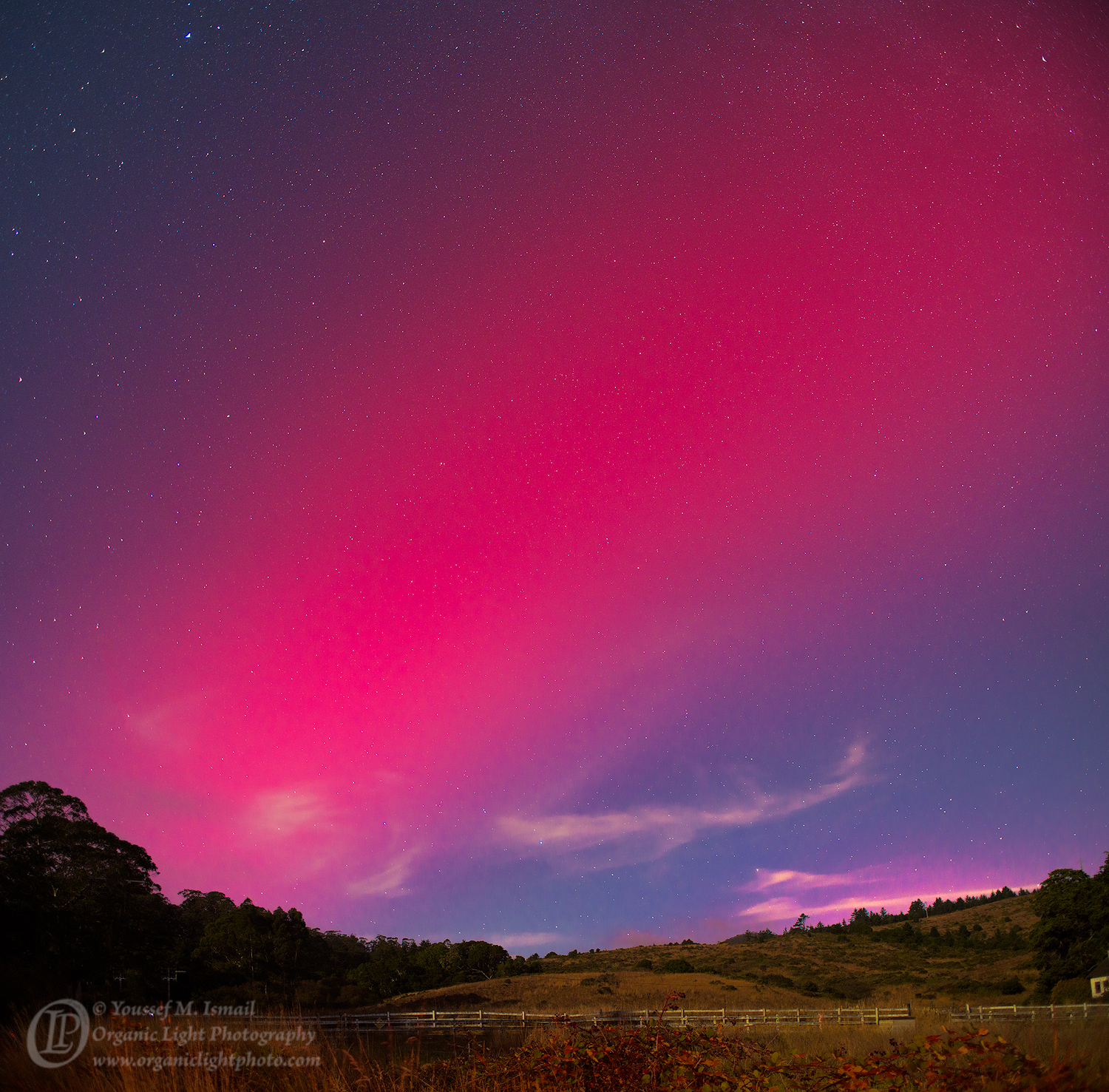
The Aurora on the horizon has intensified as vertical ribbons are now somewhat visible and the SAR has also intensified.
The last two photos below are of the SAR arc from my neighborhood, and the crazy thing is that it did actually arc across the entire sky from NW to NE!
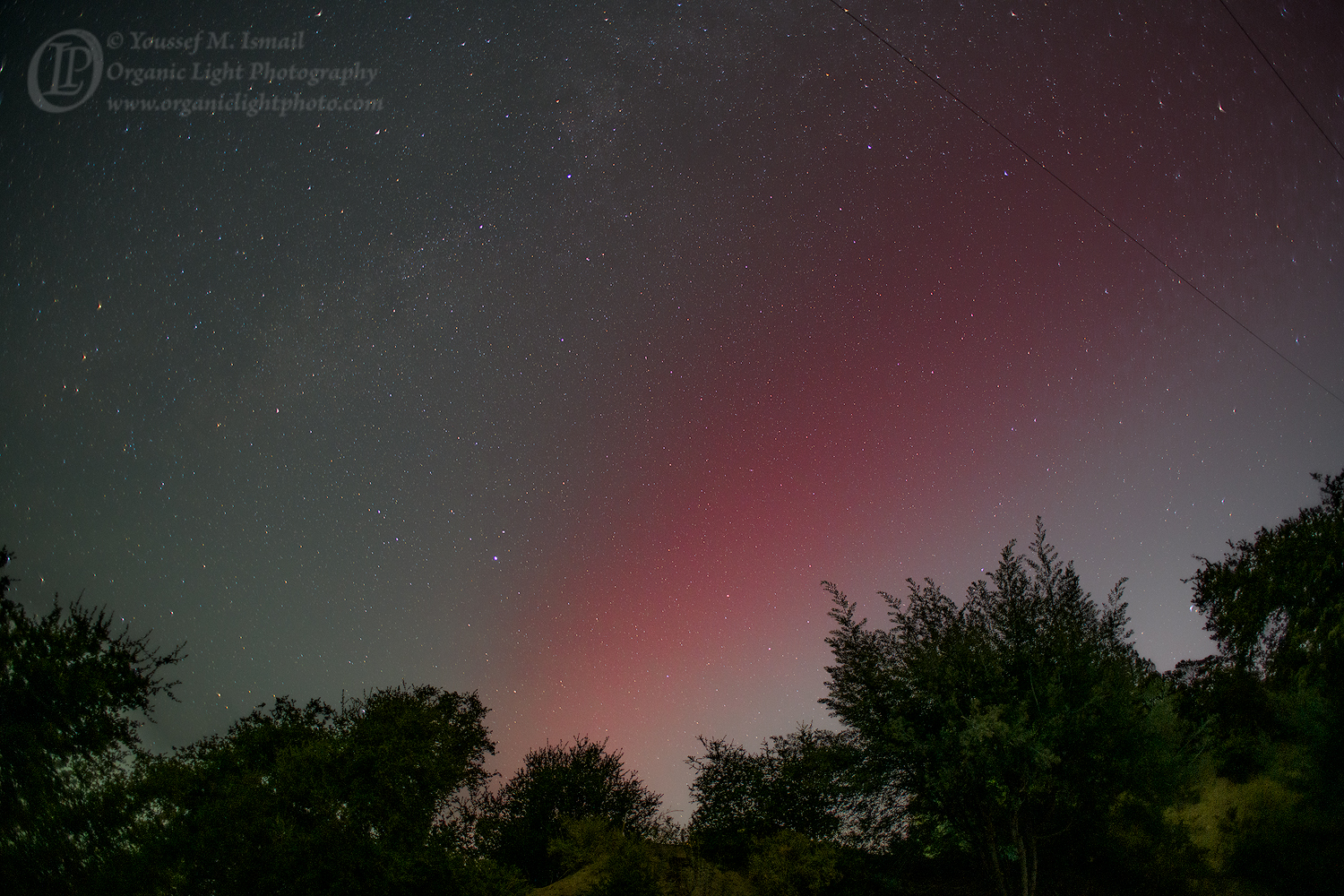
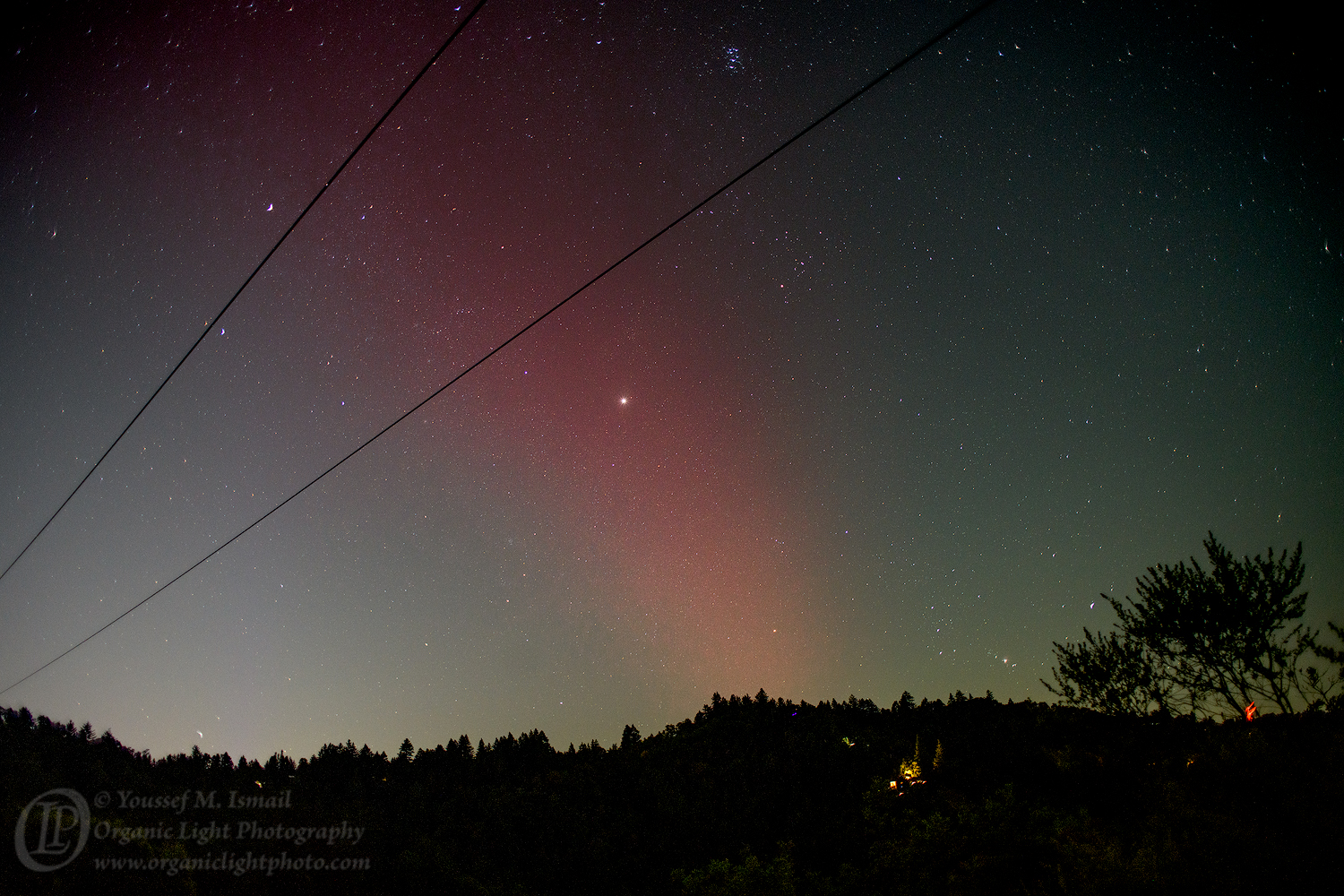
I went out looking for Auroras and came back with something even more rare, a SAR arc!
This world we live in ceases to amaze with its varied natural phenomena. Even when we cannot see it, as a SAR arc is usually not visible to the human eye as it radiates light as a pure monochromatic 6300 Angstrom wavelength. Our eyes can see light in the wavelength range from 4000 to 7000 Angstroms (violet at 4000 to red at 7000 Angstroms). It starts getting difficult to see light at about 6000 Angstroms. Digital cameras on the other hand, can see well into the infrared light spectrum and that is why the red auroras and this SAR come out so clearly in digital photographs.
The Auroras are typical in the high northern and southern latitudes and become even more pronounced when the Earth experiences a geomagnetic storm. In these geomagnetic storms the Earth is bombarded by charged particles that were ejected from the surface of the sun during what is called a CME or Coronal Mass Ejection. The recent geomagnetic storm that produced these photographs resulted from the charged particles ejected from a massive sunspot on the surface of the sun about ten times the size of the Earth. The sunspots are like giant magnetic storms on the surface of the sun and a CME is like a massive volcanic explosion sending matter out into the solar system. If not for the Van Allen Belts surrounding the Earth, our very own cosmic shield, such a geomagnetic storm would seriously hurt all living things on the Earth. HERE is a good example of what the Van Allen Belts do for us when a CME hits the earth.
The spectacle of light in the night sky is something surreal and amazing. As if the starry sky was not enough to keep us enthralled, The Sublime bestows many subtle yet awe inspiring displays of light both in the day and in the night. No wonder God says that God is The Light of the Heavens and the Earth because nothing is comparable to God, and nothing in this world is comparable to Light.
Take some time and go out into the night to marvel at the grandeur that is the sky.
Until next time, Peace to you all.
